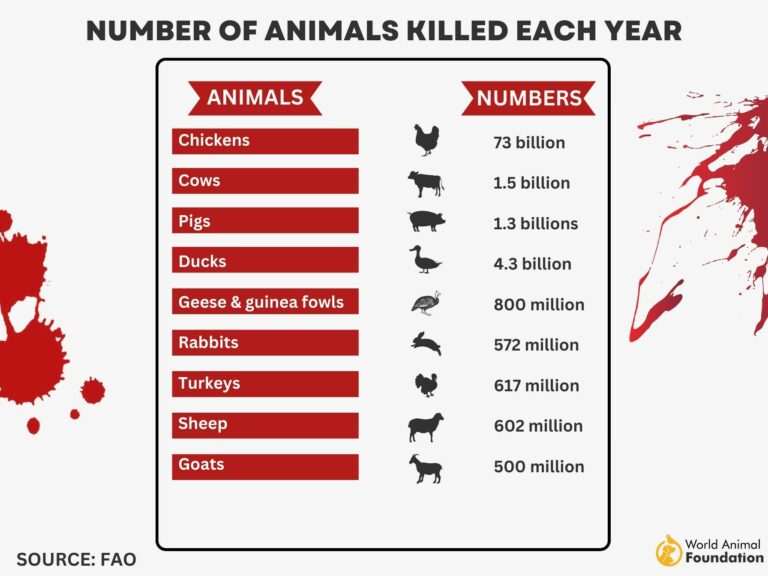In an increasingly interconnected world, the sheer magnitude of animal suffering remains largely obscured by societal ignorance. The reality of animal cruelty is not merely anecdotal; it manifests in grim statistics that demand attention and action. Each year, millions of animals succumb to cruelty across various environments—domestic, agricultural, and wild. The numbers are staggering, and the stories behind these figures are even more distressing.
Animal cruelty can be segmented into various categories, each contributing to the immeasurable toll of suffering. The most visible manifestations often occur within domestic spaces, where pets are subjected to neglect and abuse. According to estimates, around 1 million animals are abused annually in the United States alone. This statistic encompasses various forms of cruelty—from physical violence and neglect to abandonment and hoarding. Individuals who decide to harm pets exemplify a dark aspect of human character, showcasing a profound disconnect from empathy and responsibility.
But domestic cruelty is merely one facet of the puzzle. In the realm of agricultural practices, the cruelty inflicted upon livestock is monumental. The industrial farming sector has normalized extreme confinement and inhumane treatment, leading to the suffering and untimely deaths of billions of animals each year. Reports indicate that approximately 9 billion chickens are slaughtered in the United States annually, with many raised in battery cages that restrict their movement and ability to engage in natural behaviors. Pigs, cows, and sheep also suffer in these facilities, often facing extremely unsanitary conditions, cruel handling, and unnecessary pain during their lives and deaths. The sheer scale of this systemic cruelty cannot be overstated.
Furthermore, wildlife faces considerable jeopardy due to human actions. Hunting, poaching, and habitat destruction contribute to the tragic numbers of animals lost annually. Estimates suggest that over 100 million animals die each year due to poaching and illegal wildlife trade. Elephants, rhinoceroses, and tigers are not mere statistics; they represent a loss of biodiversity that irreparably alters ecosystems. Every extinction not only diminishes the richness of life on Earth but also disrupts the intricate balance of nature.
Contributing to this horrifying landscape is the issue of animal testing. Millions of animals, including mice, rats, rabbits, and monkeys, are used in laboratories for experimentation each year. The figures range in the tens of millions globally. Often, these animals endure profound suffering, enduring painful procedures without anesthesia as researchers pursue their inquiries. While the advancement of science is undeniable, the ethical implications of such brutality warrant a reevaluation of how society balances scientific progress against the moral costs to sentient beings.
As society grapples with these troubling realities, the call for increased awareness and advocacy becomes ever more urgent. Individuals can play a crucial role in championing animal rights by supporting legislation that promotes humane treatment, reporting incidents of abuse, and advocating for sustainable practices that respect animal welfare. Community outreach programs and educational initiatives serve to shed light on these issues, fostering a more compassionate society that values the lives of all beings.
Moreover, the role of social media in amplifying the plight of animals cannot be understated. Activists leverage platforms to share stories of rescued animals, expose instances of cruelty, and rally support for various initiatives. These narratives resonate with audiences, offering glimpses of resilience and hope amid pervasive despair. Engaging in conversations about animal rights on social media can influence public opinion and inspire collective action, ultimately challenging the status quo.
Though the statistics surrounding animal deaths due to cruelty may appear overwhelming, hope exists. Numerous organizations dedicate their efforts to alleviating suffering and promoting humane treatment of animals. Initiatives focused on education, spay and neuter programs, and shelter support are vital for mitigating the consequences of overpopulation and neglect. By fostering a culture of compassion and responsibility, communities can actively combat the causes of animal cruelty.
In conclusion, the sheer numbers associated with animal suffering underscore a crisis that transcends individual stories, highlighting systemic issues entrenched within our societies. Understanding the gravity of animal cruelty—whether through domestic abuse, agricultural exploitation, or wildlife conservation challenges—equip us with the knowledge needed to initiate meaningful change. It is incumbent upon everyone to be vigilant advocates for those who cannot speak for themselves. As we strive to create a more humane world, the responsibility to confront and eradicate animal cruelty falls on every one of us.






